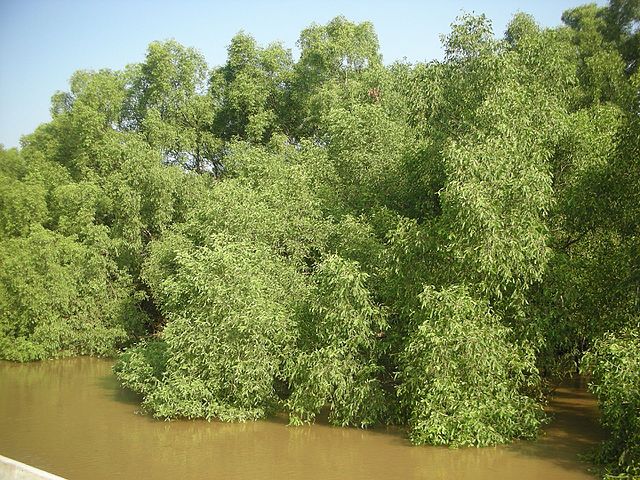I am almost certain that more than 70% of Indians are not aware of this beautiful jungle. The Bhitarkanika National Park or wildlife sanctuary is little known to even avid wildlife enthusiasts.
There are very few wetlands in India and the Bhitarkanika in Orissa State in India is one with abundant mangroves which is a great habitat for birds, reptiles, amphibians, small flying insects, and their prey.

The UNESCO has declared Bhitarkanika National Park as a Ramsar site, an ecological region that is highly protected.
Location of Bhitarkanika National Park, Orissa
The Bhitarkanika wildlife sanctuary and the Bhitarkanika National Park are located in Bhadrak district, Orissa. The River Baitarani flows on the fringes of this national park.
How to reach Bhitarkanika National Park
The gateway to Bhitarkanika Mangroves is the Chandibali town that is located about 30 km before Bhitarkanika.
There are two gateways to Bhitarkanika namely Gupti and Khola gates. At both these places, you have to cross the river Baitarani by boat to reach the mangroves. Once the mangroves end you see a beach. called the Gahirmatha Beach on the Bay of Bengal.
The nearest railway station is Bhadrak that lies on the Chennai-Kolkota railway route. From this railway station, the Bhitarkanika national park is 85 km away. You can hire a car to reach Chandibali first and then ask around for directions to Bhitarkanika.
From Bhuvaneshwar city, Bhitarkanika National Park, wildlife sanctuary is only 140 km.
Overview of Bhitarkanika National Park
The area is quite vast measuring a whopping 650 sq.km in which as many as 4 rivers flow through ad that are:
- Brahmani
- Baitarani
- Dhamra
- Pathsala
Wildlife of Bhitarkanika National Park
Being a recognized and protected Ramsar site and wetland, the most sighted amphibian is the saltwater crocodile that loves the habitat because of the copious growth of mangroves.
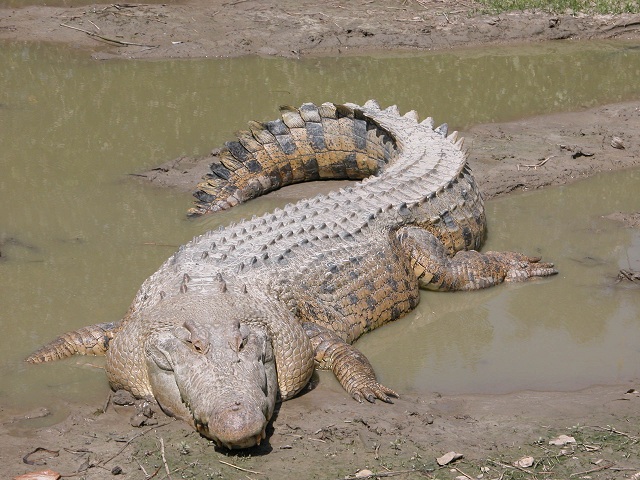
The next amphibian that is seen in large numbers in Bhitarkanika mangroves is the famous Olive Ridley Sea Turtles over whose protects the world is going gaga in the recent years.
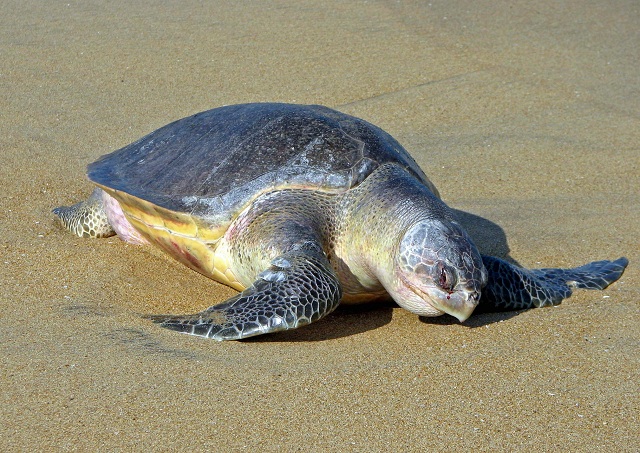
There are several cases of theft of these docile marine creatures in Indian airports.
In fact, the Olive Ridley is so precious that the local Government has established the Gahirmatha Marine Life Sanctuary.
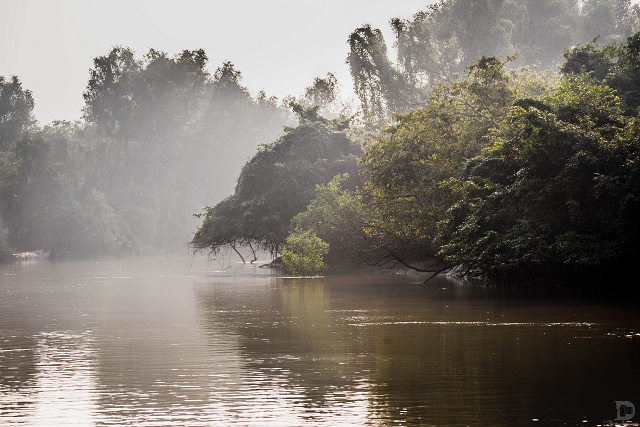
Other wildlife and marine life that live in Bhitarkanika are:
- Indian python
- Water monitor lizard
- Spotted deer
- King cobra
- Wild boars
- Black ibis
- Darters
- Kingfishers
- Leopard cat
- Hyena
- Porcupine
- Brahminy Kite
- Jungle cat
The Bhitarkanika mangroves are blessed with several creeks that are great life supporting natural places for the reptiles and avifauna.
As you ride on the boat towards the mangroves, you will see these creeks and riverine. When you disembarks from the boat, you can walk through the mangroves and finally hit the estuary. As soon as you set your first sight on the Bay of Bengal, you will be pleasantly taken aback by the vista of blue horizon.
Guided tour to Bhitarkanika
You need a well-informed guide to take you around the Bhitarkanika, Bhitarkanika wildlife sanctuary, and the Gahirmatha Marine Life Sanctuary.
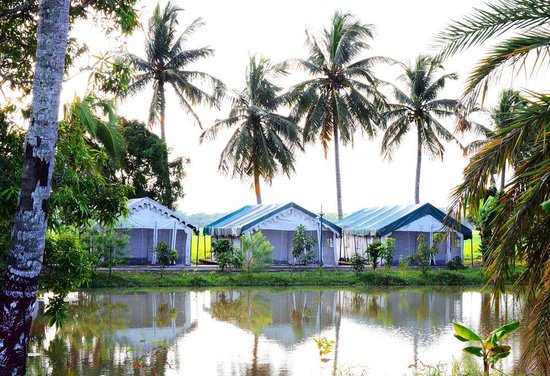
You can also inquire for booking a package tour to Bhitarkanika. Their Swiss tent accommodation built on a waterfront is very inviting.


